Sports Therapy and Essential Oils

Weekends often become the sanctuary for those too preoccupied during weekdays to squeeze in a gym session. Whether it's a brisk run, tending to the yard, or a spin class, the weekend serves as a window for many to engage in physical activity. Yet, come Monday, the aftermath of such sudden exertion can leave individuals seeking assistance to bounce back, turning to sports-focused physical therapists for aid.
Distinguishing itself from traditional physical therapy, sports physical therapy places a premium on injury prevention and recovery, striving to restore patients to their pre-injury state. While some sports physical therapists specialize in catering to professional athletes—like Andy Pruitt, who heads the Boulder Center for Sports Medicine in Colorado—others are equally dedicated to helping non-professionals regain strength and endurance post-injury.
Traditional Techniques in Sports Therapy
Sports therapists employ a blend of conventional therapeutic methods, including stretching, strengthening exercises, and ergonomic adjustments aimed at reducing muscular stress. They also incorporate modalities like electrical stimulation, heat, and cold therapy to aid in healing.
Integrating Essential Oils into Sports Therapy
Essential oils, falling under the modality category of holistic sports medicine, play a complementary role in sports therapy by potentially alleviating pain and inflammation. When incorporated into massage oils, essential oils may enhance the healing process, particularly when combined with carrier oils like rosehip oil.
Addressing Inflammation
Inflammation, often experienced post-exercise, manifests through pain and redness due to micro-traumas that damage blood vessels. Essential oils like Marjoram, Lavender, Black Pepper, and Oregano have demonstrated potential in reducing inflammation, aiding in sports recovery.
Managing Discomfort
Discomfort, closely linked to inflammation, necessitates speedy relief. Essential oils such as Blue Chamomile, Peppermint, and Eucalyptus may serve as effective topical analgesics, potentially soothing relief and augmenting the benefits of sports physical therapy.


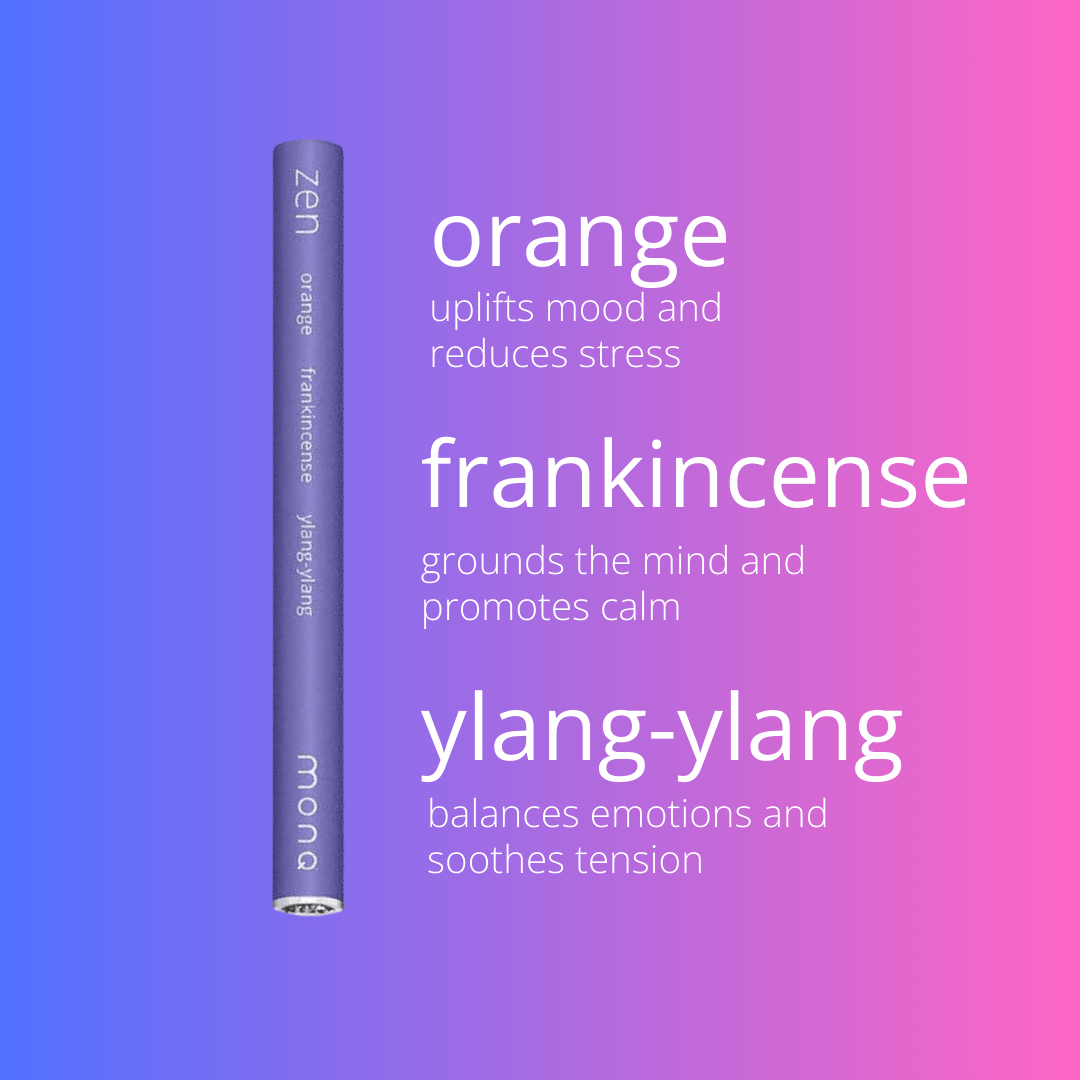
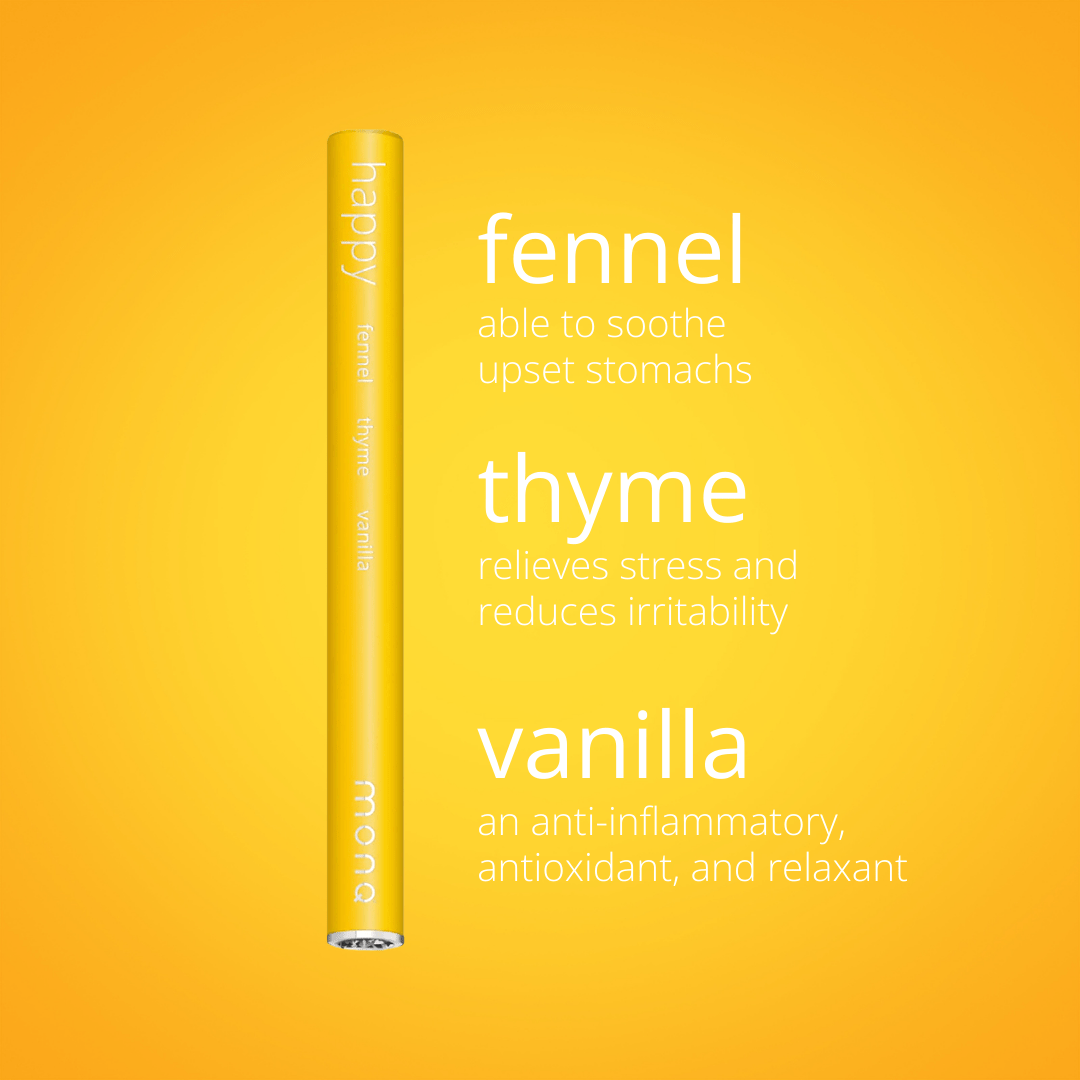
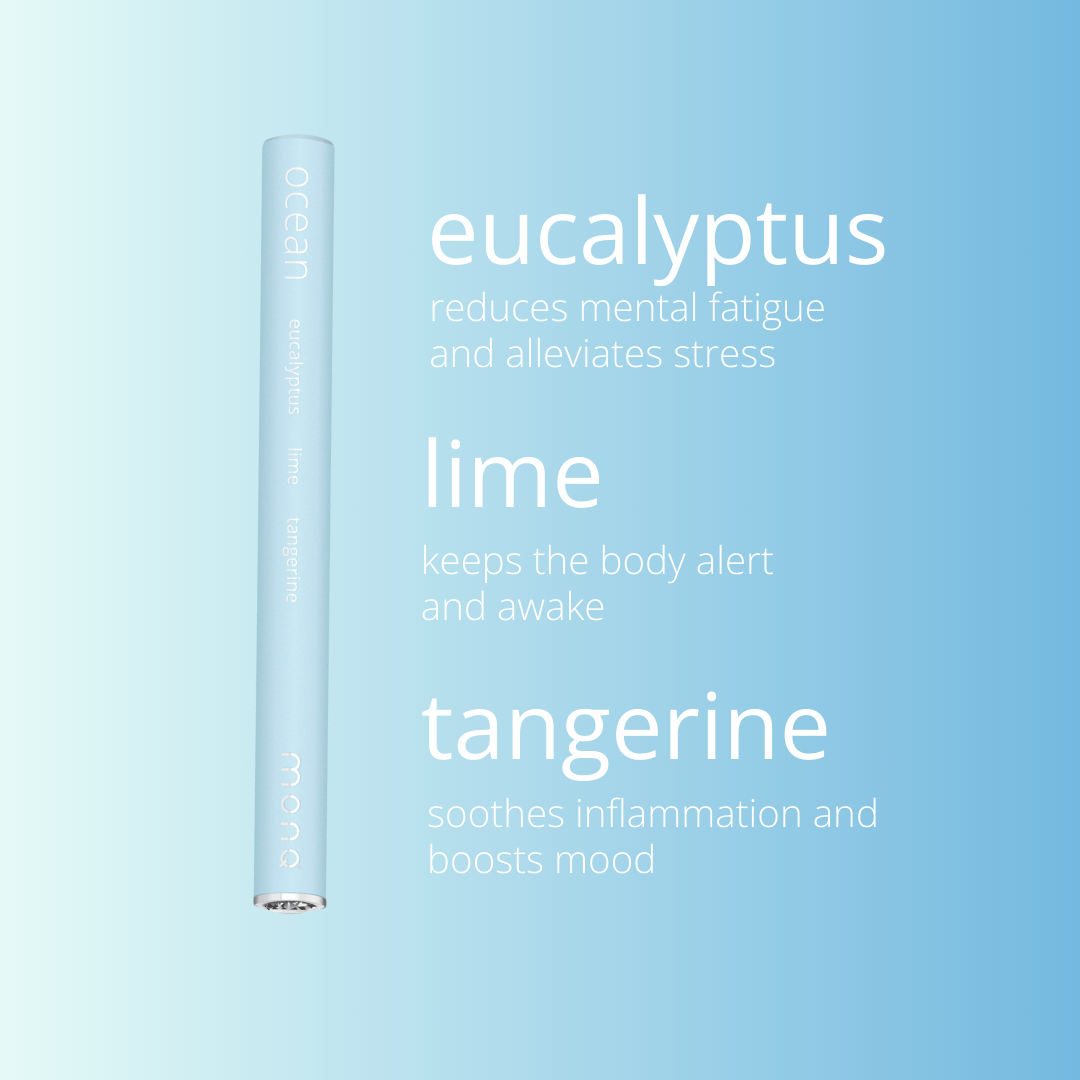
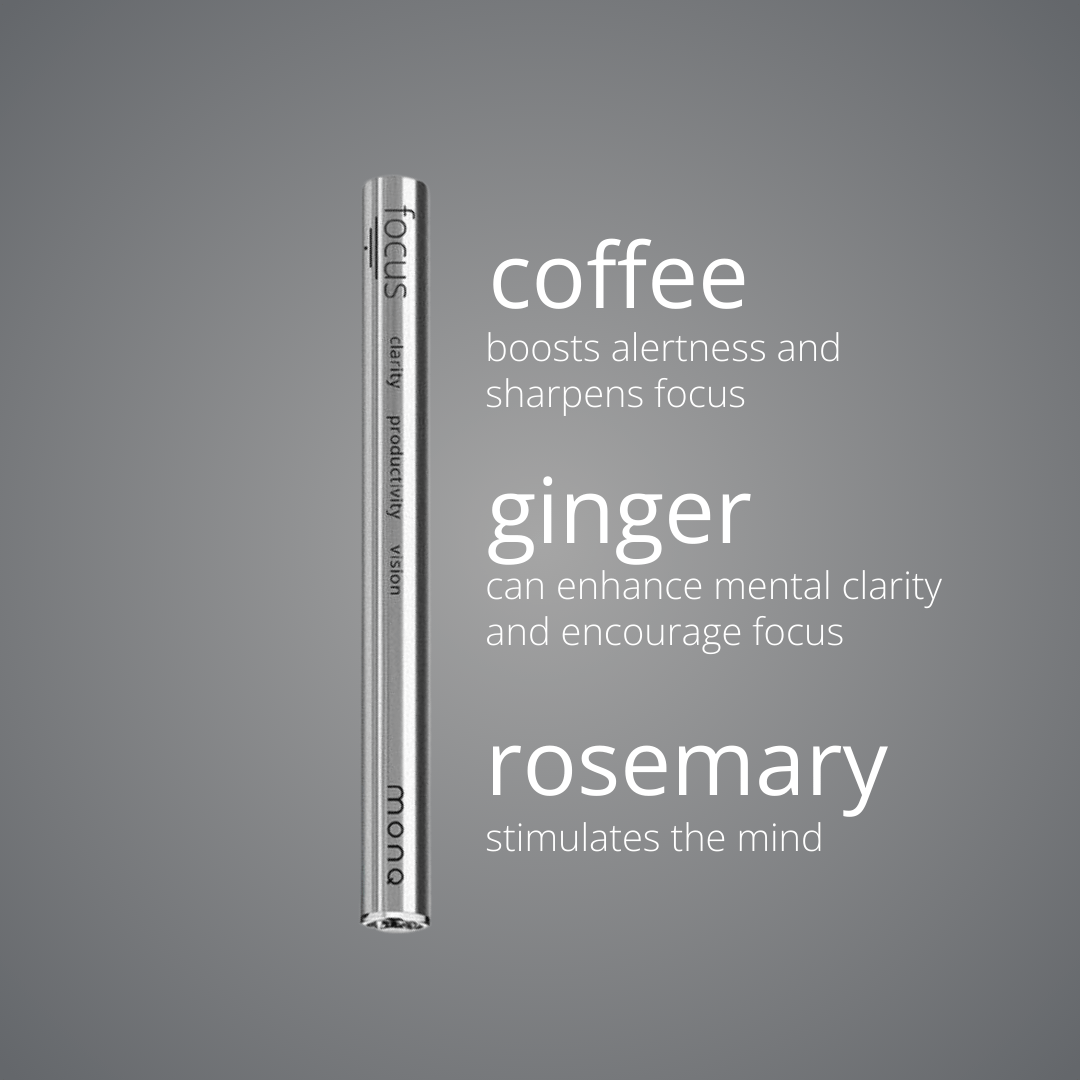
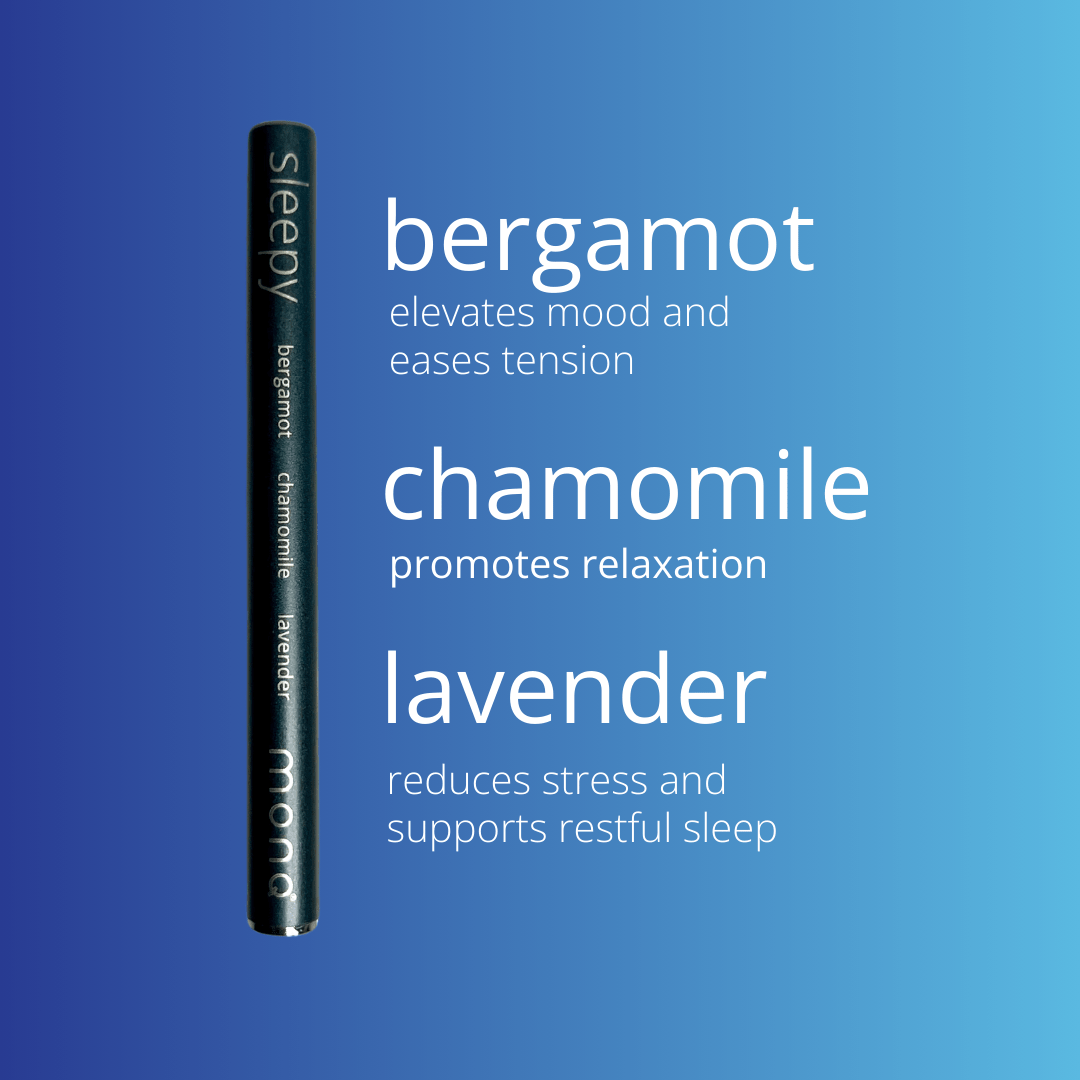
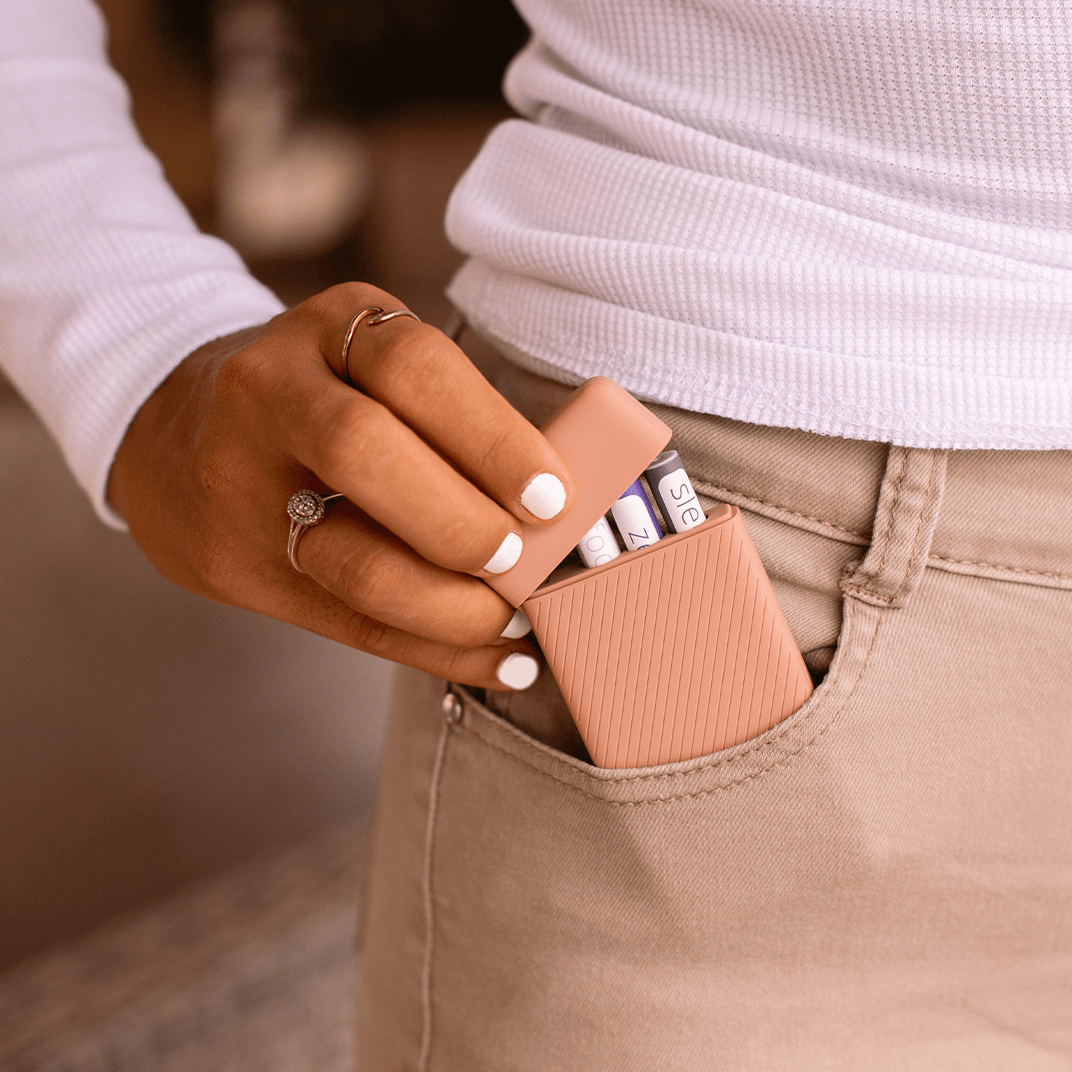
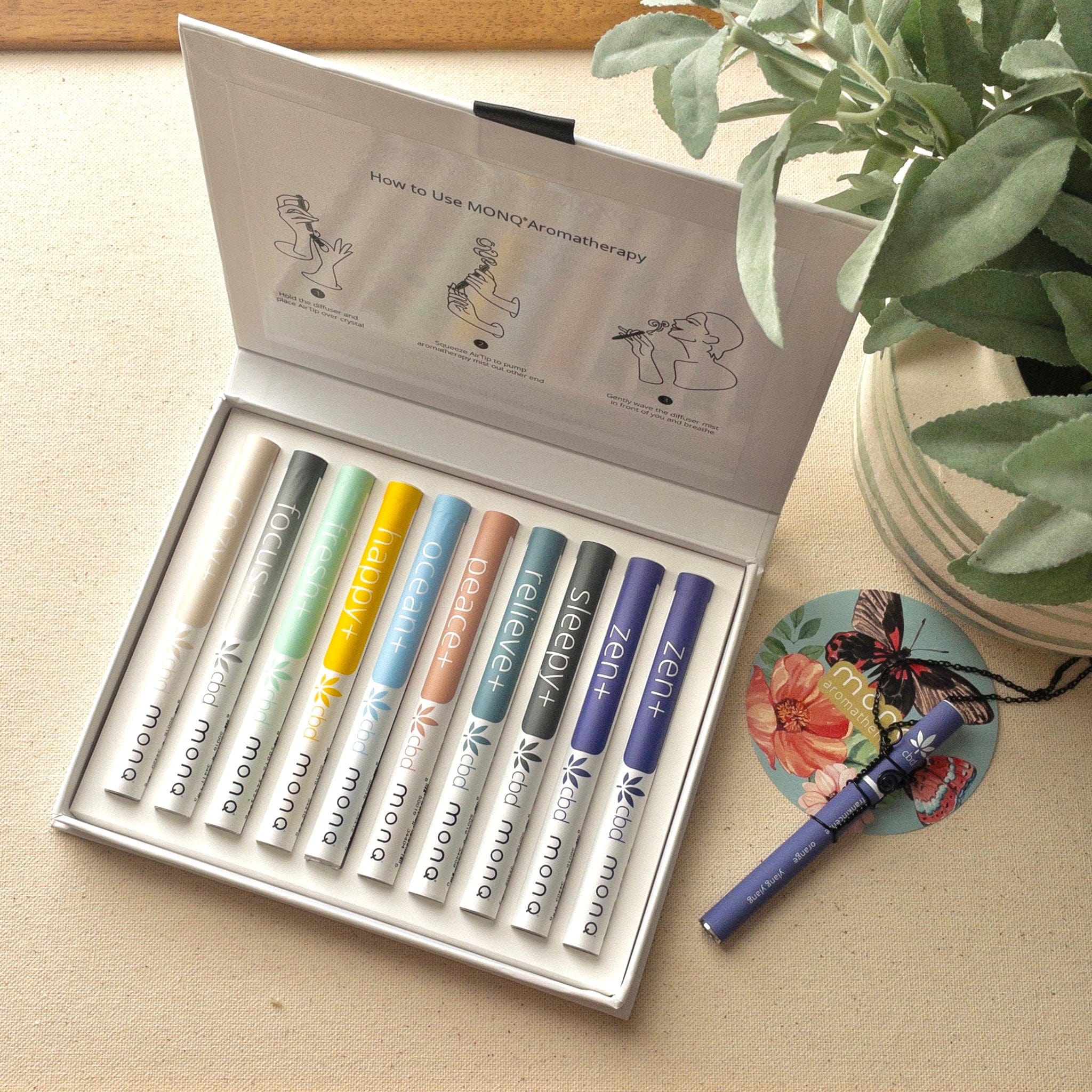
Leave a comment